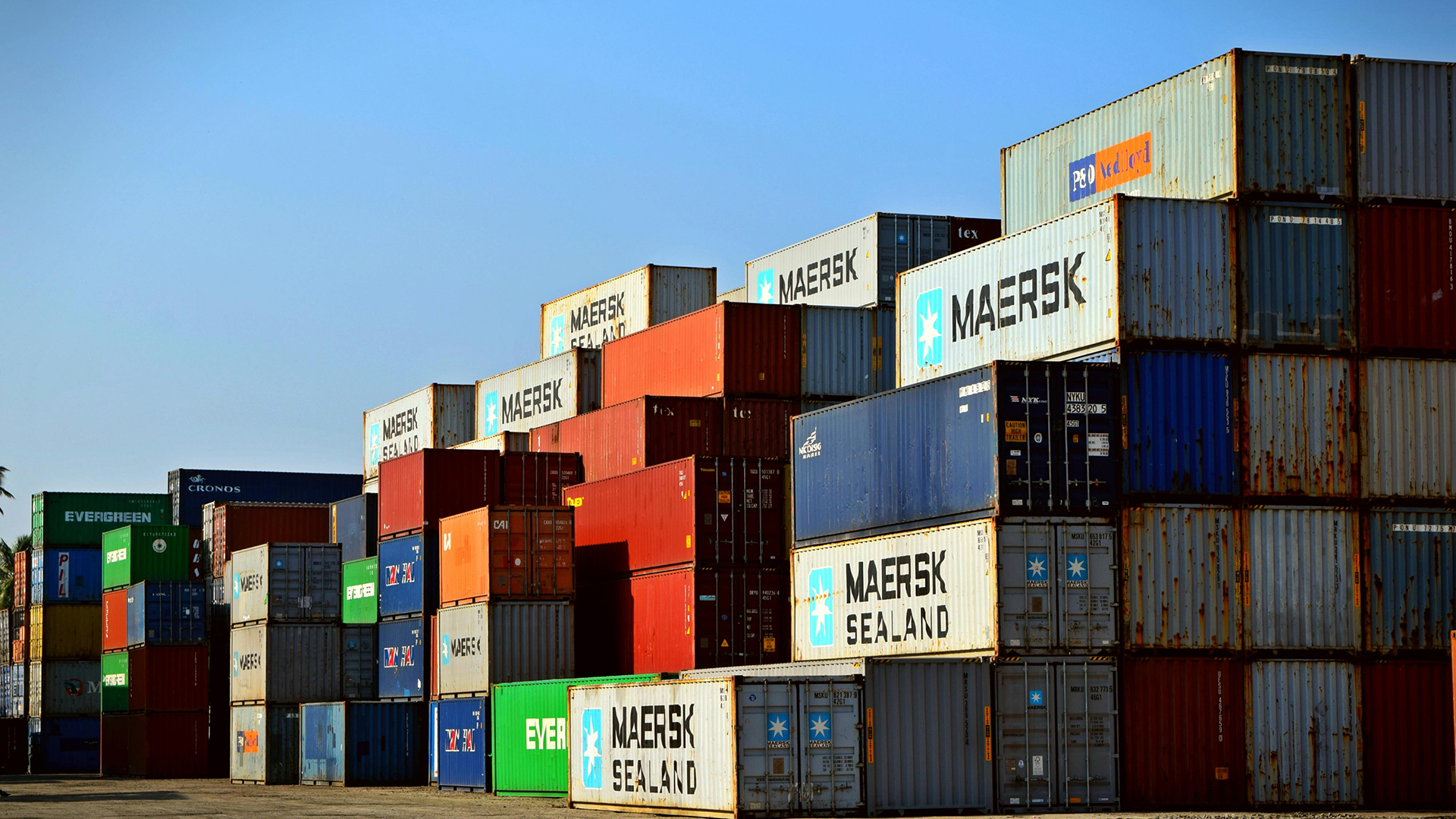On September 29, 2025, the US Department of Commerce’s Bureau of Industry and Security (“BIS”) issued an interim final rule implementing a 50% ownership threshold for affiliates of parties on the Entity List and Military End-User (“MEU”) List.
Similarity to OFAC’s 50% Rule
The Expansion of End-User Controls to Cover Affiliates of Certain Listed Entities is published in the Federal Register on September 30, but is effective September 29 when BIS filed the IFR for public inspection.
The BIS “Affiliates Rule” largely mirrors the longstanding the Office of Foreign Assets Control (“OFAC”) 50% Rule. Previously, subsidiaries and affiliates of parties on the Entity List and MEU List were not automatically restricted, creating opportunities for diversion of US goods. According to industry analysis, hundreds of subsidiaries potentially impacted by this rule operate not only in China and Russia but also in major trade hubs such as the EU, UK, Singapore, Switzerland, Japan, Canada, Australia, and India.
New Compliance Obligations for Parties
The new “Affiliates rule” significantly expands US export control obligations for exporters, reexporters, transferors (in-country), freight forwarders, and financial institutions to address scenarios that have allowed unlisted subsidiaries to receive items “subject to the EAR” without a license or other authorization, although BIS is providing a Temporary General License (“TGL”) offering limited relief for certain transactions in Country Groups A:5 and A:6.
Key Points
Expanded Scope: Any entity that is at least 50% owned, directly or indirectly, by one or more parties on the Entity List or MEU List is now subject to the same license requirements as the listed entities. For now, the Affiliates Rule is not being adopted for parties on the Unverified List (“UVL”) or those subject to a Denial Order.
N.B., In the IFR, BIS states that it “welcomes comments on whether the 50 percent ownership threshold should be lower.”
Requirement to Clear New Red Flag 29: In the IFR, “BIS is also informing the public that foreign parties with significant minority ownership by, or other significant ties to (e.g., overlapping board membership or other indicia of control), an Entity List entity, an MEU List entity, or an SDN…present a Red Flag of potential diversion risk to the listed entity.” BIS expressly states that in this scenario, “additional due diligence is necessary especially given the opaque ownership structures and limited access to accurate ownership data in certain jurisdictions.” (emphasis added).
BIS has added Red Flag 29 to Supplement No. 3 to Part 732 to indicate that “if an exporter, reexporter, or transferor cannot determine the ownership percentage of a foreign entity that is an entity owned by one or more listed entities on the Entity List or the MEU List, it must resolve the Red Flag prior to proceeding with any exports, reexports, or transfers (in-country) to the foreign entity, submit a license application to BIS, or identify an available license exception based on the restrictions applicable to the listed party.” (emphasis added).
Strict Liability Penalty Risks: Parties involved in the export, reexport, or transfer (in-country) of items “subject to the EAR” are always subject to BIS’s strict liability administrative penalties. In the IFR, BIS drives home this point, emphasizing that “due diligence must be conducted to determine whether a foreign entity is an entity that is owned by one or more listed parties[,]” and then goes on to state that the Affiliates Rule “creates an affirmative duty to determine the ownership of other parties to the transaction in order to comply.” (emphasis added).
Temporary General License (“TGL”): BIS is adding General Order No. 7 to Supplement No. 1 to Part 736 to authorize certain exports, reexports, or transfers (in-country) as follows:
- (i) to or within any destination in Country Group A: 5 or A:6, when the party is a non-listed foreign affiliate of a listed entity that is owned 50% percent or more, directly or indirectly, individually or in aggregate, by one or more listed entities on the Entity List or MEU List; or
- (ii) to or within any destination other than Country Group E:1 or E:2 when
- (A) A party to the transaction is a non-listed foreign affiliate of a listed entity that is owned 50% or more, directly or indirectly, individually or in aggregate, by one or more listed entities on the Entity List or MEU List; and
- (B) The party to the transaction is a joint venture, with a non-listed entity headquartered in the US or Country Group A:5 or A:6 that is not owned 50% or more, directly or indirectly, individually or in aggregate, by one or more listed entities on the Entity List or MEU List.
- (A) A party to the transaction is a non-listed foreign affiliate of a listed entity that is owned 50% or more, directly or indirectly, individually or in aggregate, by one or more listed entities on the Entity List or MEU List; and
Some Recommended Actions
- Review EUCs and Transaction Records: Ensure end-use/end-user certificates accurately reflect ownership information and updated restrictions.
- Conduct Due Diligence and Map Ownership Structures: Identify all entities that may be 50% owned by listed parties, including subsidiaries of listed entities operating in traditionally low-risk jurisdictions.
- Engage Distributors, Channel Partners, and Agents: Effectively communicate the new Affiliates Rule to distribution and other channel partners, and commercial agents to ensure they are conducting proper screening and due diligence, supported by your organization.
We are available to assist with preparing, reviewing, and updating EUCs, distributorship and channel partner agreements, and transactional records, mapping ownership structures and assessing the risks and requirements of the Affiliates Rule, advising on compliance strategies for indirect sales channels, preparing license applications and engaging with BIS, as needed, and conducting trade compliance training.
We will continue to monitor BIS guidance and updates related to the Affiliates Rule and provide timely alerts to ensure your organization remains compliant.







